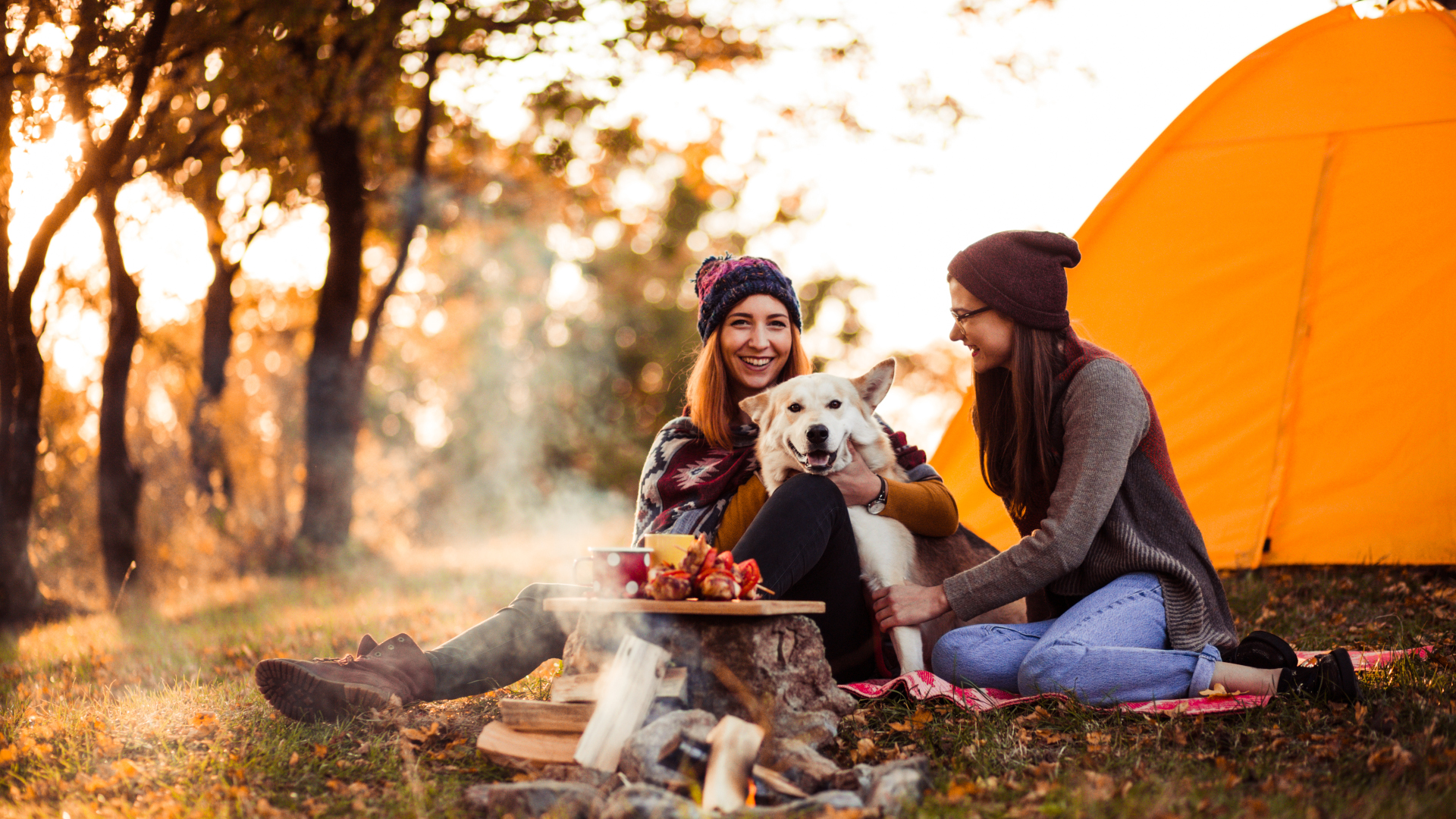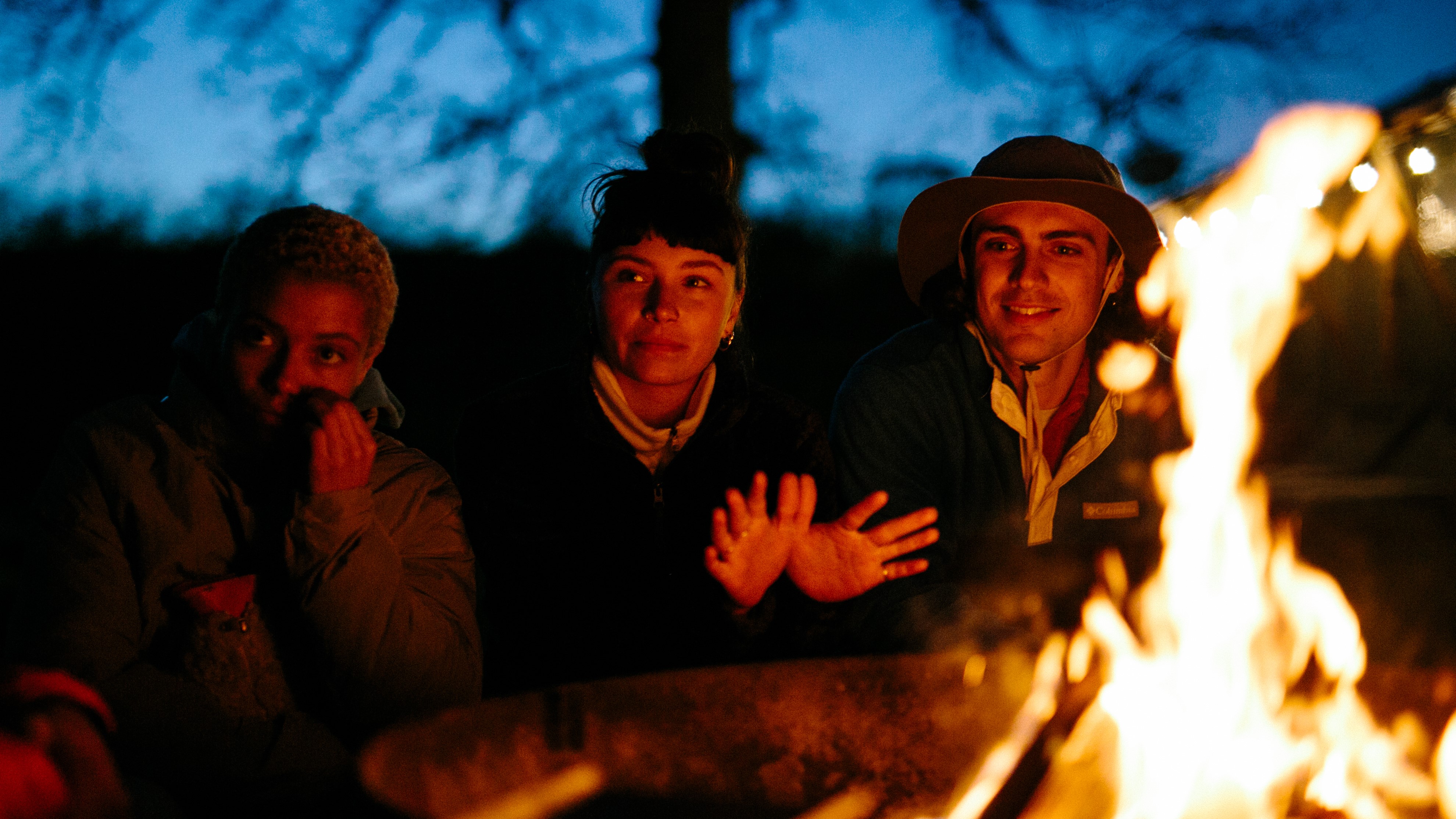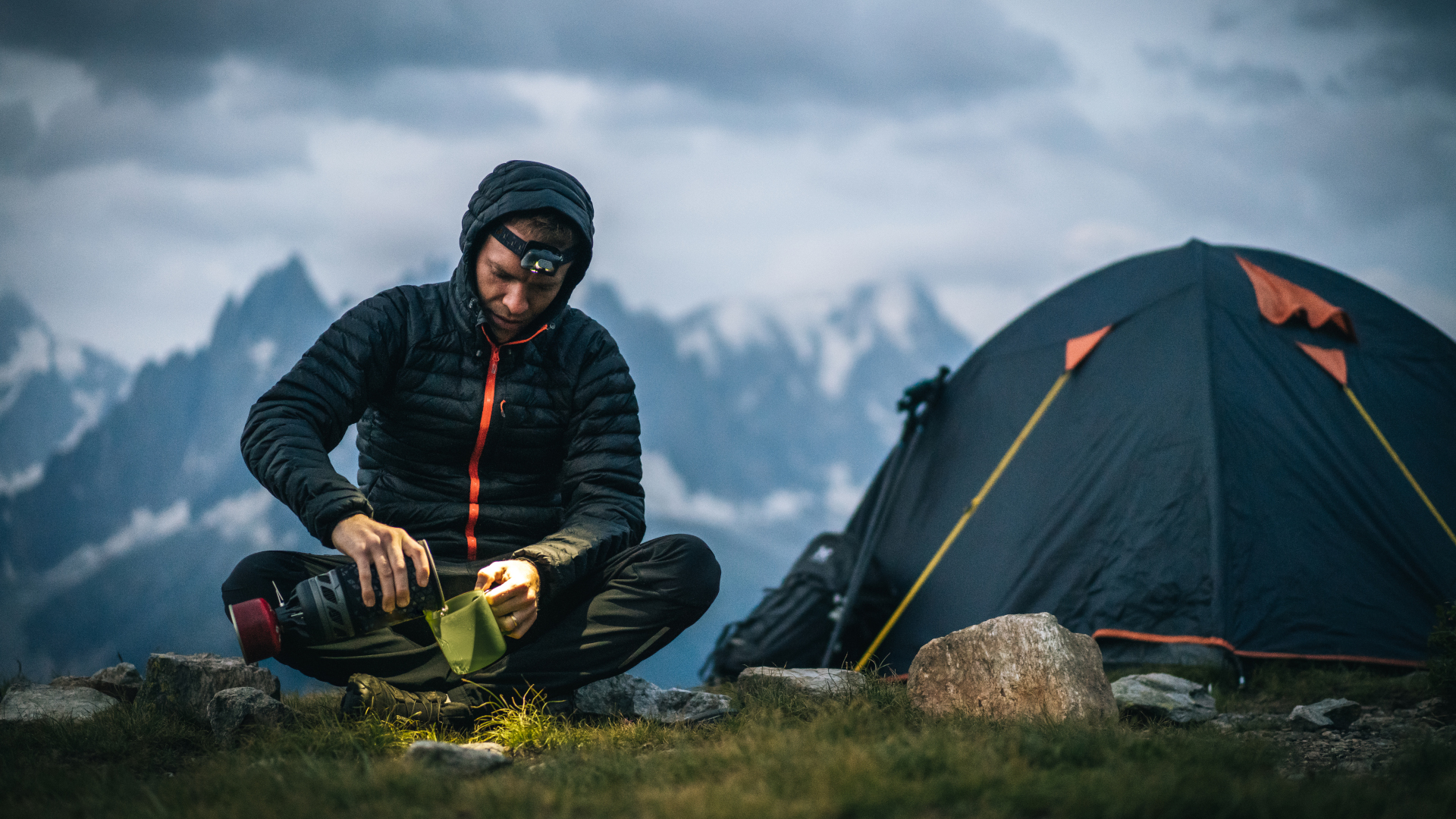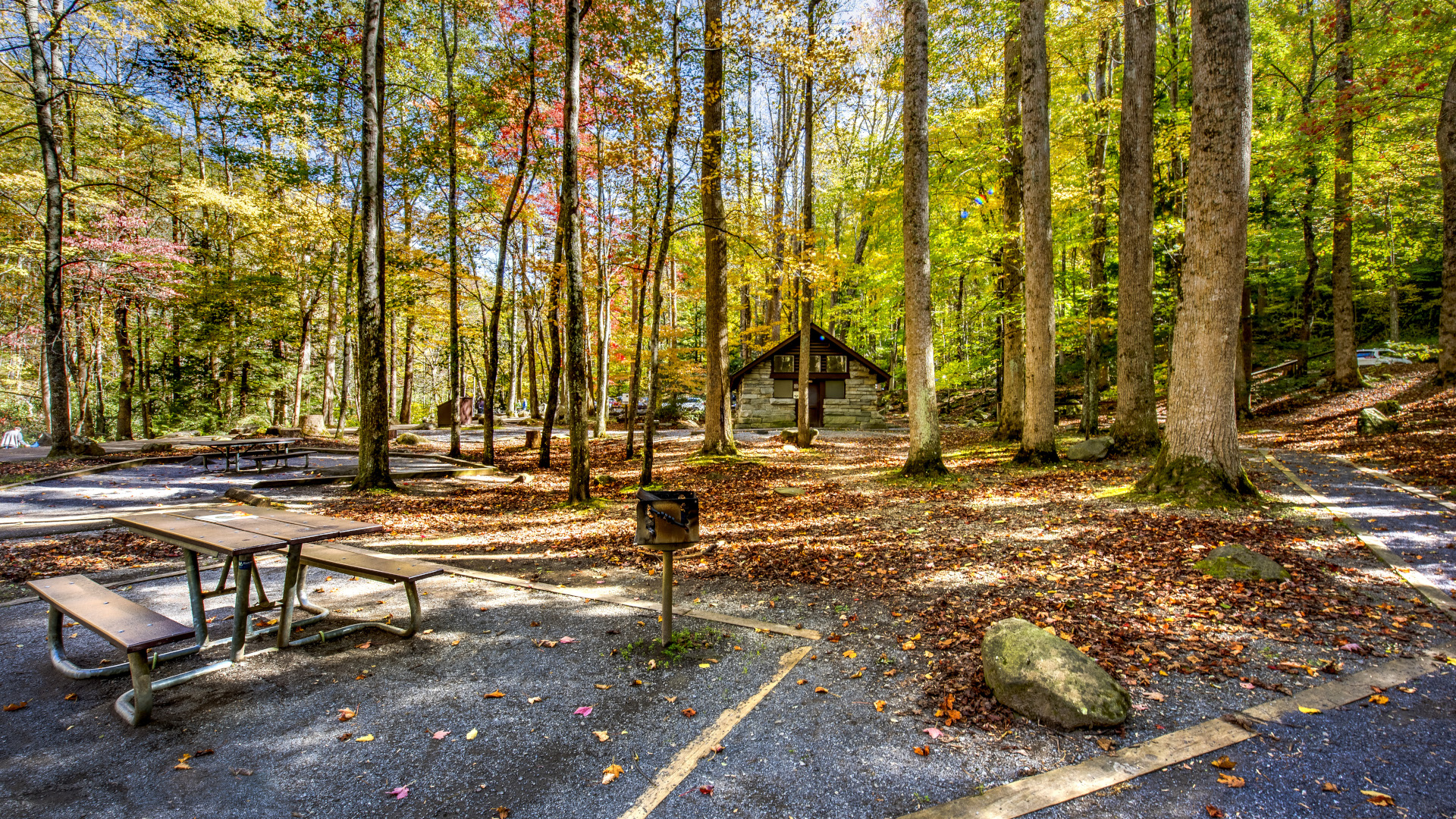Going late season camping? Here’s what you need to know
Three tips for making sure you’re safe, comfortable and having a blast at camp

With Labor Day behind us, many are thinking ahead to the impending snow season and you might be prematurely dusting off your ski jacket in excitement. In most places, however, there’s still quite a bit more camping to be done before you reach the point of having to dig a hole in the snow for your tent.
It’s true that many campgrounds start to close around this time of year, but that doesn’t mean you can’t still go camping. Camping in the fall can be a truly wonderful experience, in fact, especially now the intense heat is subsiding and the bugs are gone. It is, however, a slightly different kettle of fish from summer camping, and there are a few things you need to know and some different gear you’ll want to be sure to pack to establish that you'll be safe, comfortable and happy out in the wild.
1. The days are shorter
With summer drawing to a close, those sunsets will be coming in earlier and the sun rising later and that can be great for camping as it means more time around the campfire and better sleep.
It also means you can’t afford to forget to bring your headlamp or a flashlight along. Make sure you’re prepared with extra batteries so you don’t end up using your phone to navigate around the campsite after dark, and for a longer car camping trip consider scattering a couple of camping lanterns around to light the way and create a cozy glow.

2. It’s cooling off
Cool weather is all relative – if you’re in parts of Arizona, it might just be slightly less hot whereas in some areas of Colorado you could be looking at snow already. It may be quite warm during the day but really cool off at night. The key is to check the mountain weather forecast using a reliable weather app before you go and head off prepared.
You might want to switch to a 3-season sleeping bag now to make sure you’re extra cozy at night, especially at higher elevations, and make sure you bring warmer layers for night time, like a fleece jacket, down jacket and extra socks as well as a hat and gloves.
This also means you might want a hot meal instead of bringing along cold deli food. Check out some inspiration for the best camping meals and bring a camping stove or even a Dutch oven to whip up some hearty fare.
All the latest inspiration, tips and guides to help you plan your next Advnture!

3. Water sources can run dry
After a long, hot summer, streams and waterfalls in certain places can run dry. If you’re camping in an already arid area where you’d expect there to be a small stream in the spring, be prepared that you might arrive to a dry wash instead.
Unless you’re certain there will be water available, transport in all that you’ll need and of course, if you’re relying on natural water sources, make sure you bring a filtration system.

4. Campgrounds are quieter
With the kids back in school, even popular developed campgrounds are bound to be quieter than they were back in July. In our minds, that’s a great thing as it means a more peaceful, immersive experience. If you’re new to camping, however, it’s good to be prepared for being the only person or group there and make sure you’re comfortable with, and also that you have everything you need, from your sleep system and food to a first aid kit.

5. Wildlife is on the move
The good news is that the mosquitos disappear as the weather cools off, so you can probably leave your insect repellent at home. However, a lot of animals are getting busy at this time of year, whether that means bears are on the hunt for food to fatten them up for winter, marmots up above treeline are preparing their burrows or the birds are flying south.
This will have different significance for you depending on where you camp. If you’re camping in bear country, you’ll need to be extra vigilant about locking up your food properly in bear lockers and not leaving anything unattended that could attract some unwanted guests. Bring your bear spray and bear horn for any late night toilet trips too.
If you are camping in areas where herds of elk travel from high to low elevation in the fall, trails may be closed and you should respect any signs advertising closure and change your plans as needed. Further, make sure you keep your dog on leash to avoid any altercations with hooved animals.
Meanwhile, if it’s mainly birds that are coming through the area, bring your binoculars so you can enjoy some bird watching from your camping chair.
Julia Clarke is a staff writer for Advnture.com and the author of the book Restorative Yoga for Beginners. She loves to explore mountains on foot, bike, skis and belay and then recover on the the yoga mat. Julia graduated with a degree in journalism in 2004 and spent eight years working as a radio presenter in Kansas City, Vermont, Boston and New York City before discovering the joys of the Rocky Mountains. She then detoured west to Colorado and enjoyed 11 years teaching yoga in Vail before returning to her hometown of Glasgow, Scotland in 2020 to focus on family and writing.

